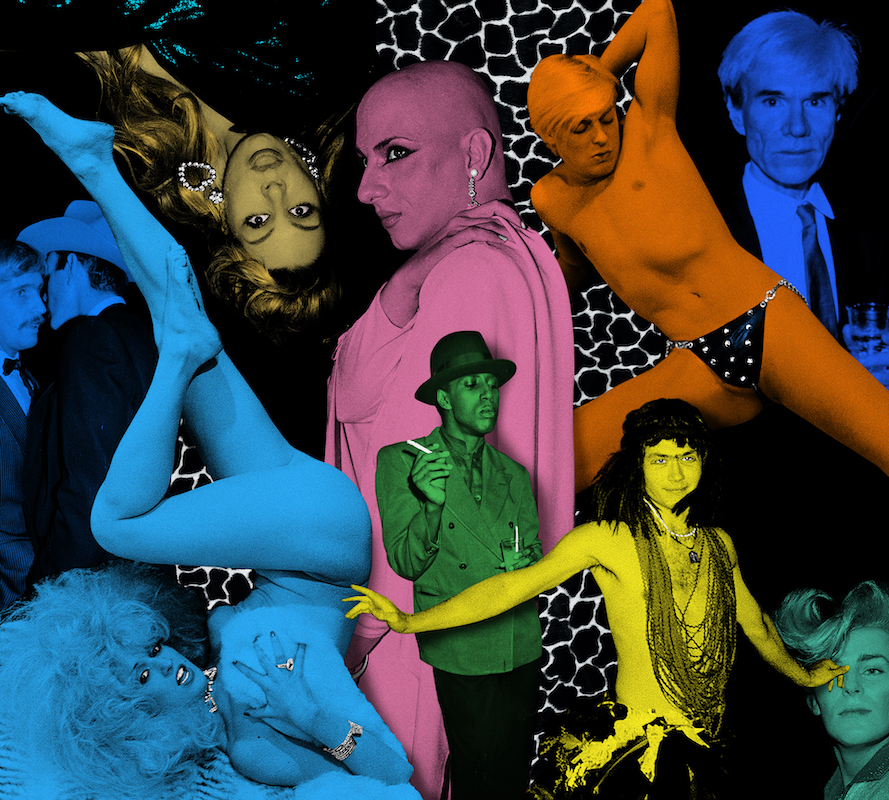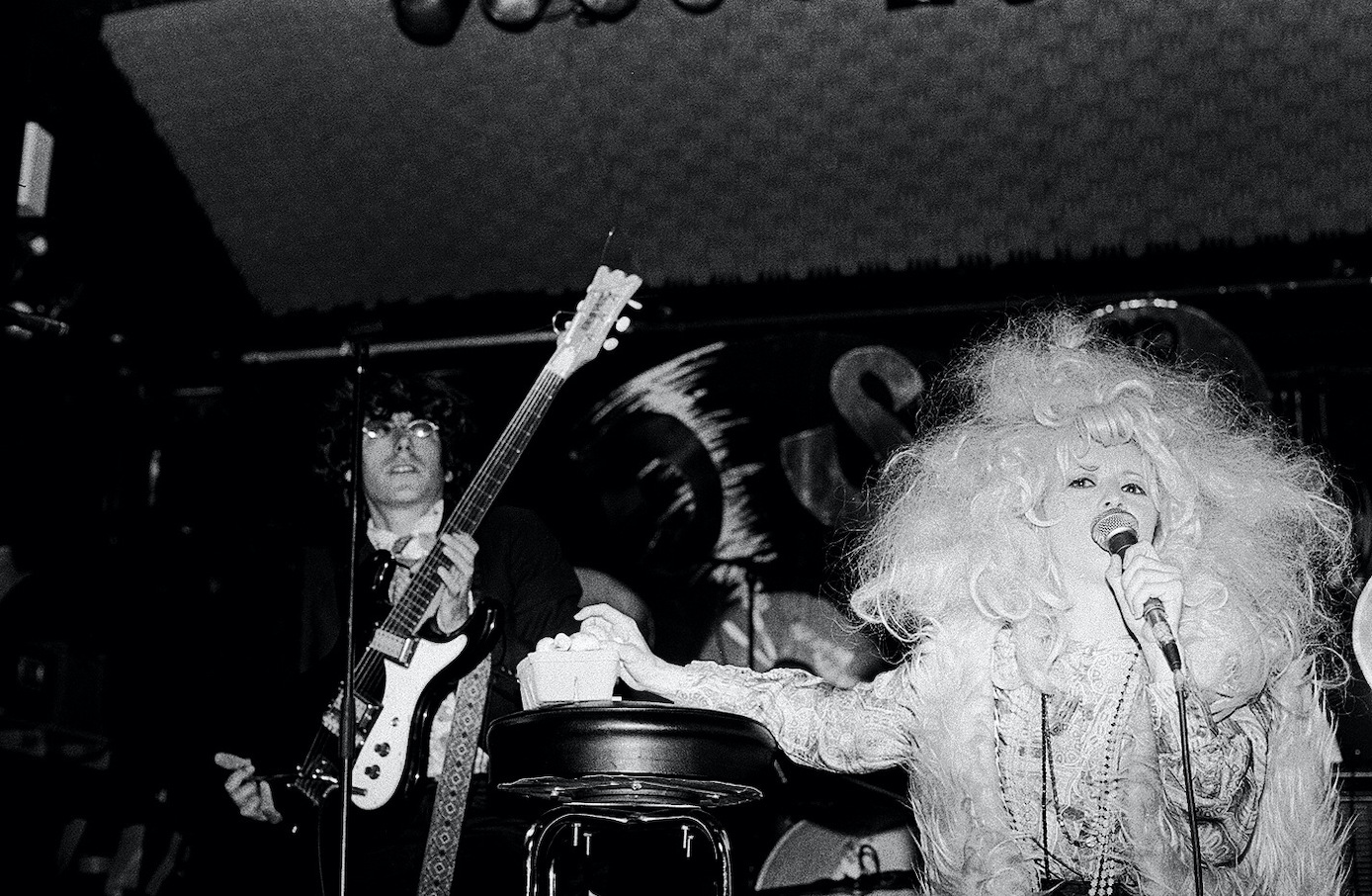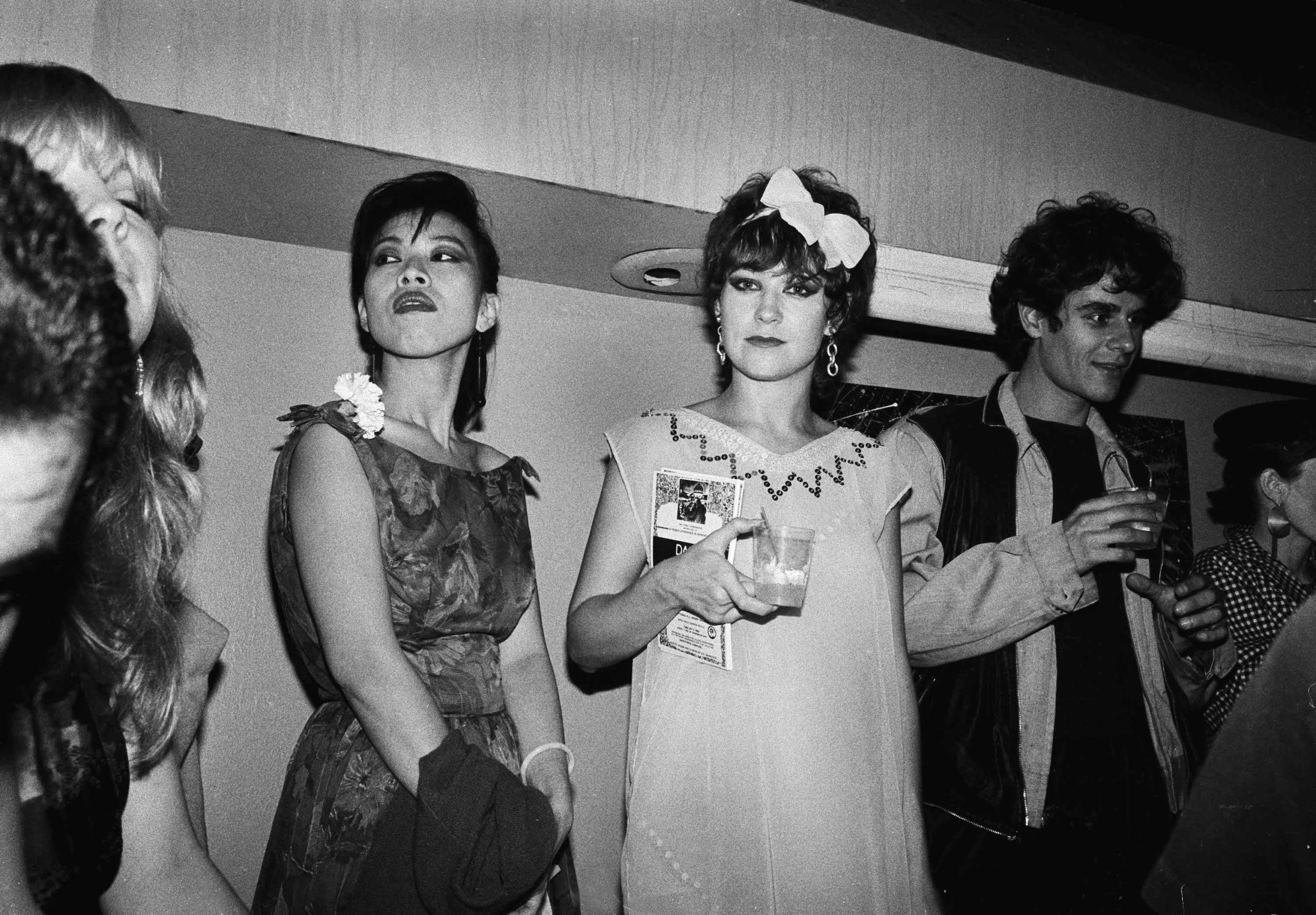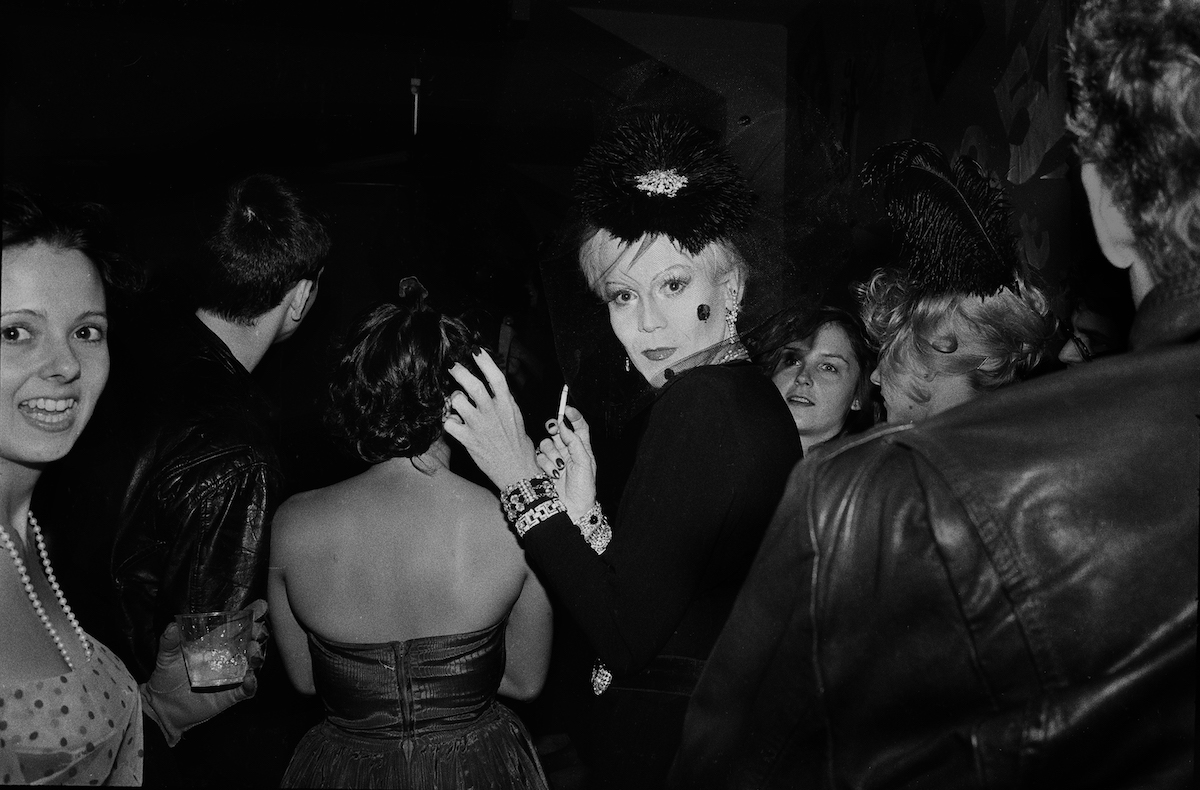VIP: Danceteria
A look at iconic epicenters of art and music that irrevocably changed the landscape of pop culture

This story appears in V135: now available for purchase!
Kim Gordon of Sonic Youth and Duran Duran’s Nick Rhodes connect to remember one of New York’s lost music institutions that fueled an underground scene of creatives in the late ‘70s to mid ‘80s–subsequently birthing future icons like Madonna and more.

Nick Rhodes: I remember never, ever getting out of there before it was light in the morning. (Laughs) It was a lot of fun, though. I got introduced to Danceteria and that scene when I first came to New York. I didn’t really know anyone. The band and I were kids that had grown up in Birmingham, England…I think we were in our late teenage years our first time there. Andy [Warhol] pretty much introduced me to that whole amazing downtown crowd in New York, and Keith Haring, Jean-Michel Basquiat, Kenny Scharf, Stephen Sprouse, Debbie Harry, and all of those people.
Kim Gordon: Yeah, it was always late when we got out. I think Danceteria and that time period, in particular, will always be special to me. I actually did a mini-documentary about Danceteria for the Art and Architecture [exhibition] at the ICA (Institute of Contemporary Arts) in London a few years ago. It basically was exploring how Danceteria was a mega structure, a utopia where the ground floor was where the band played. The second floor was a disco floor. On the third floor you had the video lounge, kind of like a cafe. There were many floors within the structure and each floor had a different feel to it, a different vibe.
NR: It was very cool that it was on different floors. And that definitely made it interesting because if you got a little bored with whatever you were doing on one floor, there was always something else going on on another one, that’s for sure. Danceteria was definitely ahead of its time. I remember when we were there, I thought to myself, “Wow, I’ve never seen anything like this.” We didn’t have anything like that in Europe at that time, there wasn’t anything close to it. Danceteria was a whole universe on its own. I remember meeting really interesting people there. I guess people are always interesting by two or three in the morning, right? (Laughs)

KG: No it was definitely an interesting crew of characters. I know Madonna used to hang out there, early on before she was famous. I remember seeing her sitting on Mike Gira’s lap from The Swans. Everyone knew who she was, she just wasn’t mainstream yet, but she definitely had some music out at that point.
NR: She was cool and was always with the artist Martin Burgoyne who very sadly became the first person that I ever knew who died of AIDS. Do you remember Maripol? She was always around there as well, always had a Polaroid camera and she designed jewelry?
KG: I think so, did she have blonde hair?
NR: Everyone had blonde hair, then. (Laughs)
KG: That’s true. (Laughs) I also have this memory of seeing Keith Levene there once and I remember being totally stoked. I [would] even say I was starstruck maybe. You know when people say “You had to be there to understand.” I think Danceteria and this era as a whole, you had to be there to truly understand.
NR: That’s for sure. It was a completely different time. You could get away with a lot more back then, people can get away with now. That’s why it was fun. Danceteria would have never been the same, just like all the other nightclubs in New York through that period, had people had mobile phones. It would’ve taken all the fun out of it.

KG: Exactly! I think the name Danceteria looms large in people’s mind, but many don’t really know about it because there wasn’t a lot of documentation about it. It was this mythology of cool. At the time it seemed like something really new because of the idea of the video lounge within a space, with multiple levels, kind of creating this megastructure utopia situation. It wasn’t a dirty club like CBGBs, and I never went to Studio 54 so I can’t speak on that. Danceteria was something that was unique in that way.
NR: No but truly, I think what made it so special was that everyone could connect there. I would hang out with Jean-Michel Basquiat, Andy [Warhol], and Keith [Haring], but also you could see Madonna who was rising at the time. It was a hub for connecting with different people from all different walks [of life]. Danceteria was one of those times when I think people were quite happy to mix more. It wasn’t split more into tribes like other clubs; the fashion people over here, the art people over there, that’s what was special about Danceteria. It really was a proper melting pot. I don’t think we ever performed there but I’m sure you guys did, right? What was that like?
KG: Yeah, we did! It was a big deal to us to play [at] Danceteria. I remember there being a large pillar at the front of the stage. And halfway through our performance, the gates came down and we had to stop playing. We were only like 30 minutes into our peformance (Laughs). I have to say though I enjoyed the music there and the performances, outside of that one experience where we briefly played a set.
NR: I think the overall experience there is deeply rooted in the pop culture of New York from that period. I think that all artists and musicians will remember it fondly because we all had such a great time there. Even though we were very young, we’d seen a load of clubs, but Danceteria was different.

Discover More
